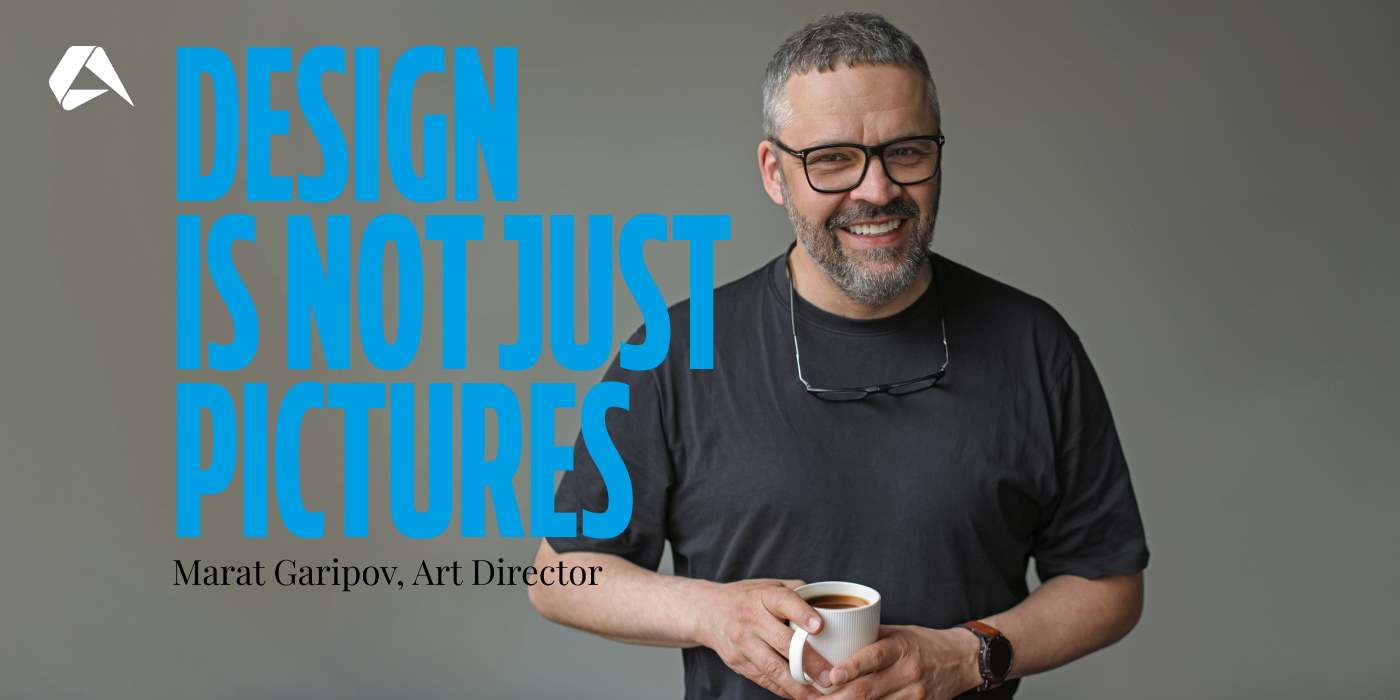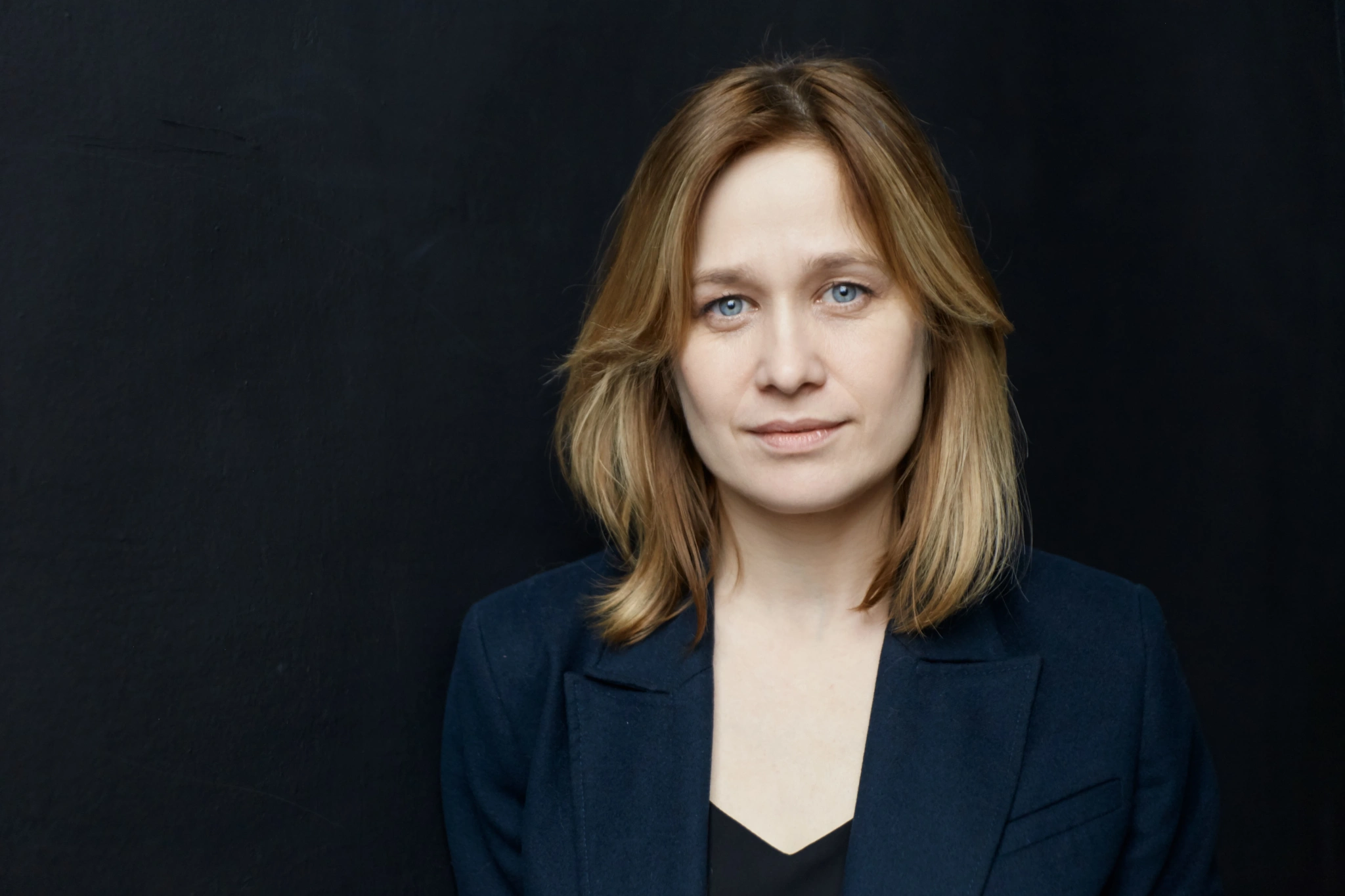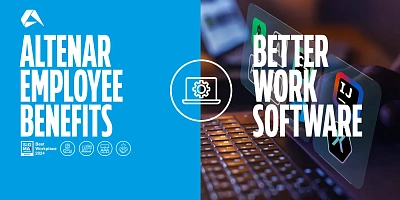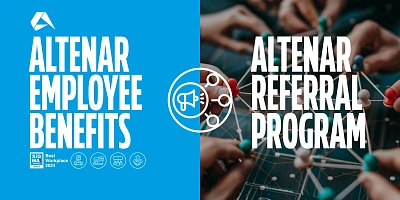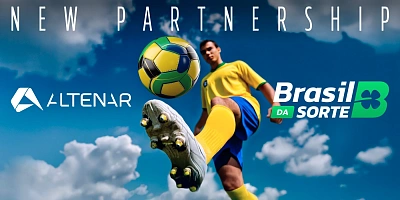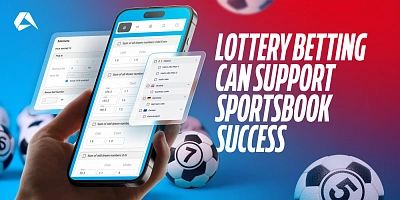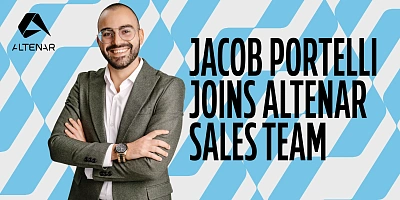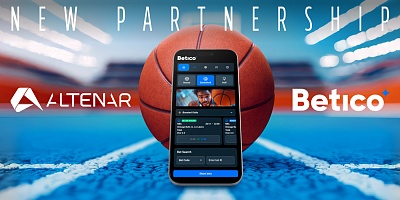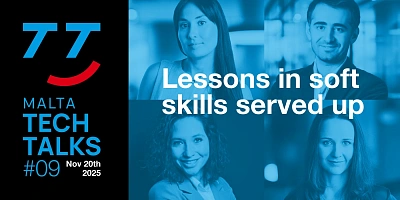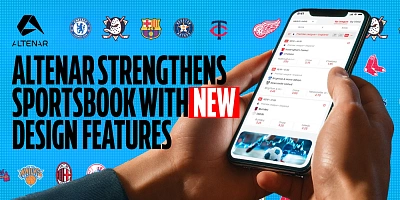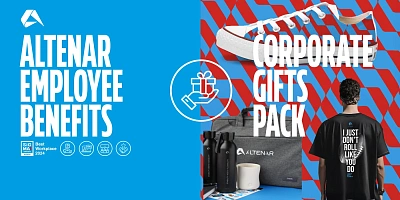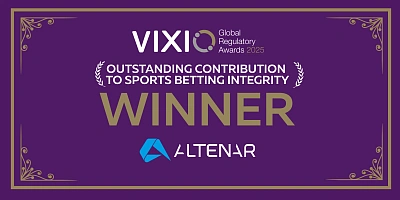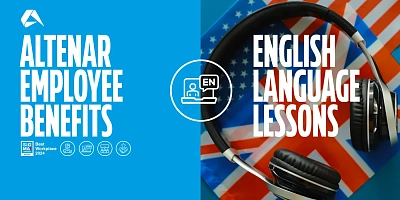Would you like to take a peek behind the scenes at Altenar? Today you have the opportunity to do just that: we talked to Marat Garipov, Art Director. In this interview, he talks about his many years of experience, his approach to work and life.
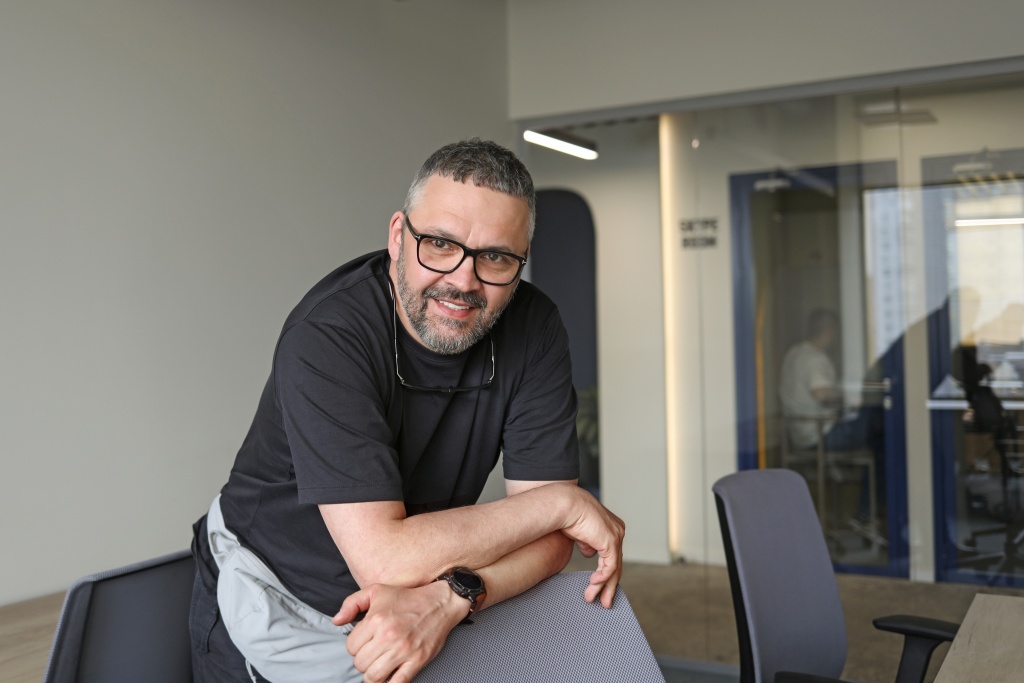
It's important to me that people are skilled in things I’m not
Marat Garipov, Art Director at Altenar
When Marat Garipov, Art Director at Altenar, interviews job candidates, he always asks them one question: “What interests you?” The answer determines whether he will hire them or not.
We asked Marat what he values in job applicants, how the team works, when he acts like a dictator, and what love means to him — for his work, his family, and journeys.
How did you start your career and how did you get to where you are today?
I am an architect by training but when I graduated, construction in the country had practically come to a standstill. There were few opportunities, so I started looking for a place where I could fulfil my potential. I had always been attracted to graphic design, so I gradually moved in that direction; first as a designer, then as an art director, and eventually I opened my own small studio.
All this happened in Tomsk. Then, at the age of 30, I moved to Moscow. A whole new horizon opened up to me. I started working in creative agencies with major international brands. It was an intense period. Large teams, serious tasks, a lot of creativity and responsibility — an incredibly valuable experience.
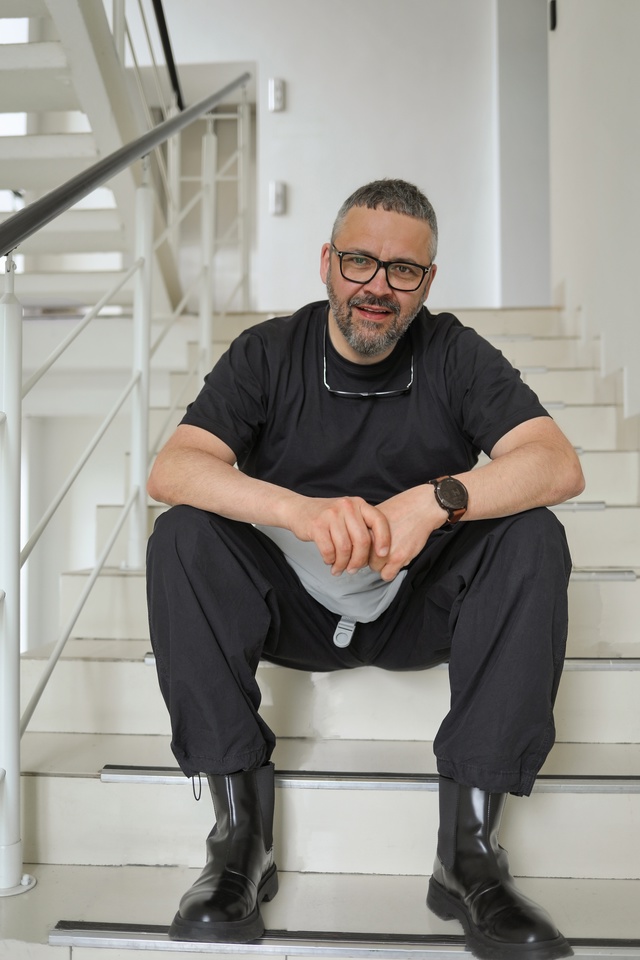
How did your career at Altenar begin?
In March 2024, I received an offer from Altenar for the position of art director. I met the team, and we immediately bonded — in terms of values and approach to work. I realised that I wanted to work with these people.
What have you achieved during this time?
I am lucky to be doing what I have always been interested in; branding, creativity, advertising, and video formats. At agencies, I worked with several brands at the same time, but here I work with a single brand. It's a completely different focus and depth.
When I joined Altenar, it was important for me to first take a close look at what was already there; to conduct a kind of audit, understand where the system was working and where it could be improved or rebuilt. Gradually, I began to build a plan, refresh the visual identity, and in some cases completely rethink it. This applied to both communication and advertising materials and the overall visual style.
I think that from March to the end of the year, we have made quite confident progress. And it's really noticeable in the way we look. We have many brand channels; offline exhibitions, social media, videos, presentations, and team events — there is room for experimentation. Not being afraid to experiment is one of our principles at work. And now, as our branding ecosystem grows, it is becoming even more interesting. There is definitely no time to get bored.
Why is it worth working at Altenar?
Before Altenar, I worked quite intensively as a freelancer, where you are your own manager, performer and creative director. It was a valuable and, in its own way, very enjoyable stage — I fondly remember the feeling of freedom when you choose what to do and how to do it.
But at Altenar, the tasks are generated by the team itself — and that's where the thrill lies. It's always something new. To be honest, if I lost interest, I would most likely go back to freelancing. But right now, I enjoy going to work — I feel like I'm flying. I'm driven by what I do, and the company appreciates my contribution, both in terms of financial reward and respect for specialists.
I would also like to note that Altenar really encourages learning. If you need to improve a skill, you can suggest your own training plan and go learn it. For example, one of our colleagues is currently taking courses in typography. Everyone has this opportunity. I think this openness to growth is a great value for any team.
How would you describe your leadership style? What approach do you use and why?
It has always been important to me that everyone on the team has their own opinion, their own point of view. Because design is not just pictures, it is always an idea. It can be simple or complex, but without it, the picture is not born. Therefore, having a unique opinion and idea is key.
At the same time, a leader must be a leader. They must set the direction and dictate their terms, otherwise the team will simply turn into a collection of different, albeit talented, individuals with no common focus. We are all creative individuals with our own visions, so sometimes you have to be, figuratively speaking, a dictator.
I would say that my style is a balance between dictatorship and democracy, about 50/50. The first 50% is democracy, where everyone's ideas are valued. The second 50% is when the visual style is in one set of hands, and that's how we maintain brand integrity. Of course, there are times when the team can feel pressure — that's inevitable.
One creative director I worked with said: “The ability to let go of an idea is not a weakness, but a skill. Especially if three new, even better ideas come out of it.” I completely agree with that. It's a really important principle when you're part of a team. And here's another one from Mao Zedong: “Let a hundred flowers bloom…” — that's about the same thing. Although, to be honest, it turned out to be a complicated story in the end (laughs — editor’s note)!
I run all the tasks that come into the design department through my mind. I keep in mind who in the team is stronger in which areas and who is still growing. It's very important that everyone feels responsible for their ‘piece of the pie’, knows that they are a pro in their area, and that no one else can do it better than them. And then it's all about flexibility; the ability to add tasks, try new things, and not get stuck in a rut.
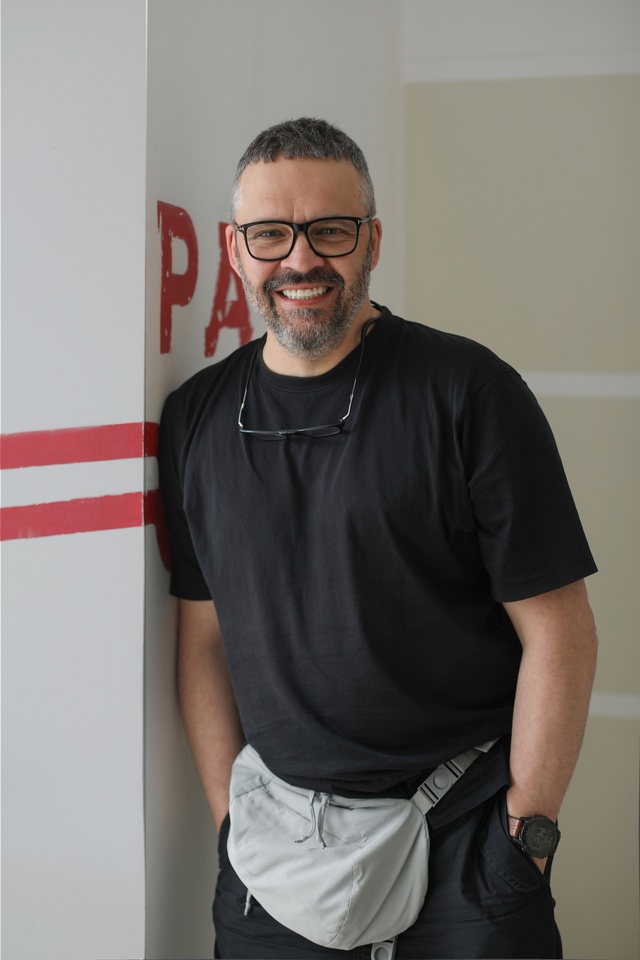
What tools do you use as a team?
We work from different parts of the country and even the world, so it's very important for us to always stay in touch. Asana is a great help in this regard — it's like a centralised headquarters where you can see the whole picture of projects, stages and who is responsible for what. This allows everyone to understand where the process is and what needs to be done next.
We also have team chats where we discuss everyday work issues. This helps keep the process alive and transparent. We use Slack and Telegram for communication.
We mainly work with images in Figma, which is a great tool for collaborative design, and we also use the extended Adobe package. It allows us not only to work with graphics, but also to edit videos, and we are producing more and more video content. We actively use AI tools, which are currently proliferating at an incredible rate. Some of them help automate routine tasks, while others provide non-standard visual solutions.
For presentations, we use both Keynote and Google Slides — it depends on the task, but Google is, of course, convenient when you need to get together remotely in real time.
Since Altenar is an international company, we have access to all the necessary international software. This gives us additional freedom.
How is the task management process organised and why is it organised this way?
As an art director, I feel responsible for the entire visual identity of the brand, so my internal standards are quite high. Off-the-hip creativity is definitely not for us. For the result to be strong and high quality, the task must be clearly defined.
At some point, we realised that we needed a system that would simplify the process for both designers and those who set the tasks. That's how the creative brief form came about. It is filled out by everyone who wants to order a visual. It doesn't matter which department the person is from. This helps us immediately understand what is expected of us; the message, the channels, the deadlines, the references, and so on. And it really works — if you want to get a strong visual on time, start with a good brief. That's half the undertaking. This approach has saved a lot of time — fewer clarifying questions, less correspondence and phone calls. Everything becomes clear and to the point. The brief determines the creative. That's our internal principle.
Of course, if something changes during the process or there is a need to adjust the idea, we sit down and discuss it. Sometimes personal preferences come into play, but we have a culture of dialogue and trust in our company. This helps a lot; when everyone is on the same page, there is no need to prove the obvious. There is a common understanding of where we are going and why.
How does onboarding work in your team?
Everything in our team is simple and human. Onboarding is not a formal process, but a gentle introduction without pressure, with respect for the newcomer's pace. Most of us work remotely, but I always meet new employees in person at the office. Nothing can replace face-to-face contact. There are six of us, and we always help each other — we don't leave anyone with questions. On the first day, we connect them to Asana, chats (Slack, Telegram), Google resources — everything is transparent and convenient. Mistakes are normal. The main thing is to be open, not afraid to ask questions and make suggestions. My advice is not to keep quiet if something is unclear. This saves time and nerves. Onboarding at our company is about trust, support and comfort.
How do you help your employees develop?
First, people need to understand where they want to go. That's the foundation. At every interview, we ask: “What interests you?” This isn't just a formality; it's really important to understand a person's inner drive. Because if you're given a task that grabs you, you're more likely to give it your all.
The company, in turn, provides every opportunity for people to realise their potential within their tasks. If an interesting job comes up, go for it. If you want to improve your skills in a specific area, come and discuss how to integrate this into the work process.
In addition, Altenar encourages learning. If you need courses, master classes or new software, there is a real chance you will get it. Everything is relevant and everything is for growth.
And if someone is interested in developing their own brand — and we have examples of this in our team — no one stands in their way. On the contrary, it's great when people have ambitions and their own identity. The main thing is that it doesn't conflict with the interests of the company. If everything is balanced, it's a plus.
What do you value in candidates and who would you be happy to have on your team?
I am happy to take on people who are passionate about what they do. You can see it right away, even if it's just a video call. If a person is engaged and interested, they are almost already part of the team. Secondly, it is important to me that a person knows how to do things that I don't know how to do. That they bring something unique to the table. And, of course, that they have their own point of view. Without that, you won't get anywhere.
I generally believe that it's a must to know how to do something, not just how to do it beautifully, but to understand why you're making it and be able to explain your idea. Such a person doesn't just ‘fit into the brand book’, but enriches it and expands its boundaries, bringing something new to the table.
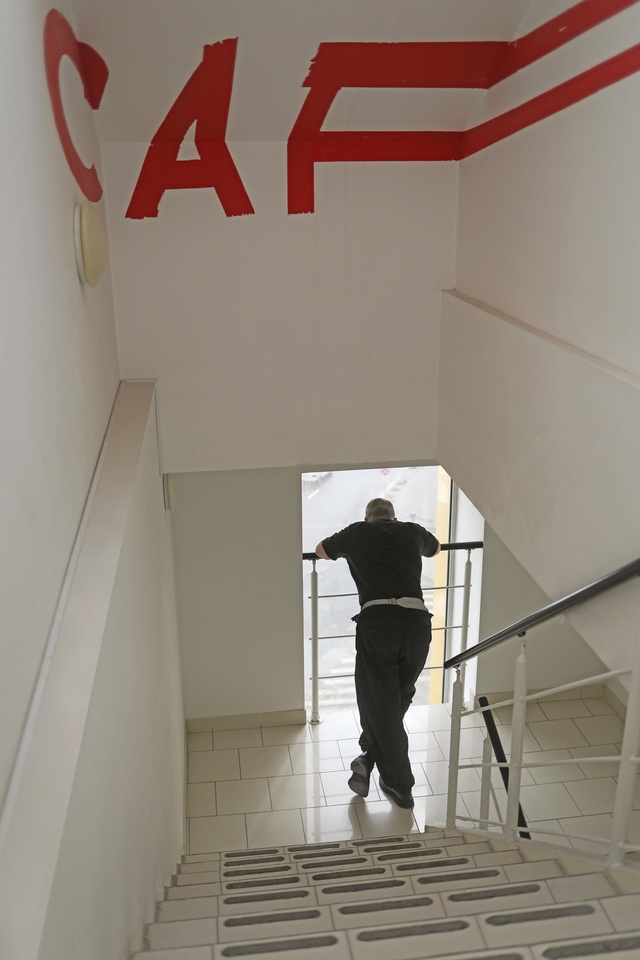
Describe a day in your life.
To be honest, it's super boring. I wake up, eat, sit down at the computer, and stay there for 15 hours. I forget to eat lunch somewhere along the way, then remember, eat, and then it's time to go to bed. Why is it like that?
Every day, it's like I have new tasks — a brand, merch, a landing page, a video, a new exhibition area. And that's what I'm really interested in. From the outside, it probably looks like a work loop, but I love it. I enjoy the process and, of course, the result. But the process is more intriguing.
What's missing? Movement. That's my pain point. I'm not the type of person who can sit in one place for a long time — I start to grow roots in my chair. So I've come up with a solution — business trips. It's a great way to keep myself from getting stuck in a rut. Relocating, meetings, exhibitions, a change of scenery — that's what drives me. And, fortunately, everything is fine with that at Altenar. So if I suddenly need to go somewhere, I'm first on the list!
What is your favourite project that you have worked on? What are you proud of, and what would you do differently?
I found it particularly interesting to work on the architecture and design of Altenar's exhibition stands. It's such a powerful mix of graphic design and architectural and interior design tasks.
Our stands now look really good. It's important to me that the company has its own recognisable ‘architectural’ style, not only in terms of visuals, but also in terms of form and space. And I think we're doing well in that regard. But, of course, we're not standing still — we're planning to present a new concept by the end of the year.
What would I do differently? Sometimes I miss my architectural history. Architecture is a craft that involves many different aspects, and I've always been engaged in delving deeper into it. But the train has already left the station for me; technology has come a long way, and I understand that a lot has changed. It's somewhere in the back of my mind — I think about it often. But I'm proud that I was able to bring my architectural background to Altenar and combine it with the creative side.
What mistakes have you made along the way and what is the most valuable experience you have gained?
That's more of a philosophical question. It's definitely too early to sum things up — I'm still on my journey, and it's clearly not over yet. In my personal life, I think my biggest mistake was not paying enough attention to my family, despite having a fulfilling job. There are difficult moments when you realise that the only support you have is from your loved ones. Work changes, projects change, but your family is always there for you. I know that sometimes my loved ones miss me. And the most important lesson I've learned is that you need to devote more time and attention to your family. Tell your loved ones ‘I love you’ sincerely and as often as possible.
As for my professional development, I have no regrets. Altenar is a place where I can apply all my knowledge. My skills are in demand here, which is very valuable to me.
Tell us about your hobbies. What do you enjoy doing most?
I just love travelling. I especially love road trips — I'm a real lone wolf. I just get in my car in my yard and five days later I can be anywhere — for example, in Gibraltar, Nordkapp or the Aktru Valley. My first solo road trip happened by accident — a friend couldn't go, so I decided to go alone. I liked it, and since then, I've been hooked. I just get in the car and drive off, with no plans or schedule. You drive and don't know where you'll end up tomorrow, what awaits you, how the car will behave, what impressions you'll get and who you'll meet. My family lets me go, there are no barriers. But it's especially great when someone is waiting for you there; my daughter and wife sometimes fly to where I'm going.
I feel like there are three people living inside me: a truck driver, a long-haul bus driver and a postman. I would actually deliver parcels — just so I wouldn't be driving around for no reason. When you come home, you don't know where you are for the first three days. Everything seems to be turned upside down.
By the way, nothing gives you as much insight as travelling and a change of scenery. It's important for the profession — you don't necessarily need to see only design words in Latin, but just observe the world around you, switch off your mind, and escape the noise of the news. Resetting, switching gears for 20 days a year. It's a rush — to travel and not think about anything.
What was meant was that for a designer who works with Cyrillic typography, it is important to compare their work with designs using Latin typography in the urban environment of European cities. These are subtleties that only designers in Russia understand.
What was your longest trip?
The longest was a trip to southern Portugal — about 12,000 kilometres round trip. My favourite destinations are Norway and Altai. When you drive into unfamiliar small towns, especially in other countries, it's not always easy: narrow streets, confusing routes. And you try to get out of the town as quickly as possible, onto a straight grey road, so you can switch off your mind. Just drive and that's it.
